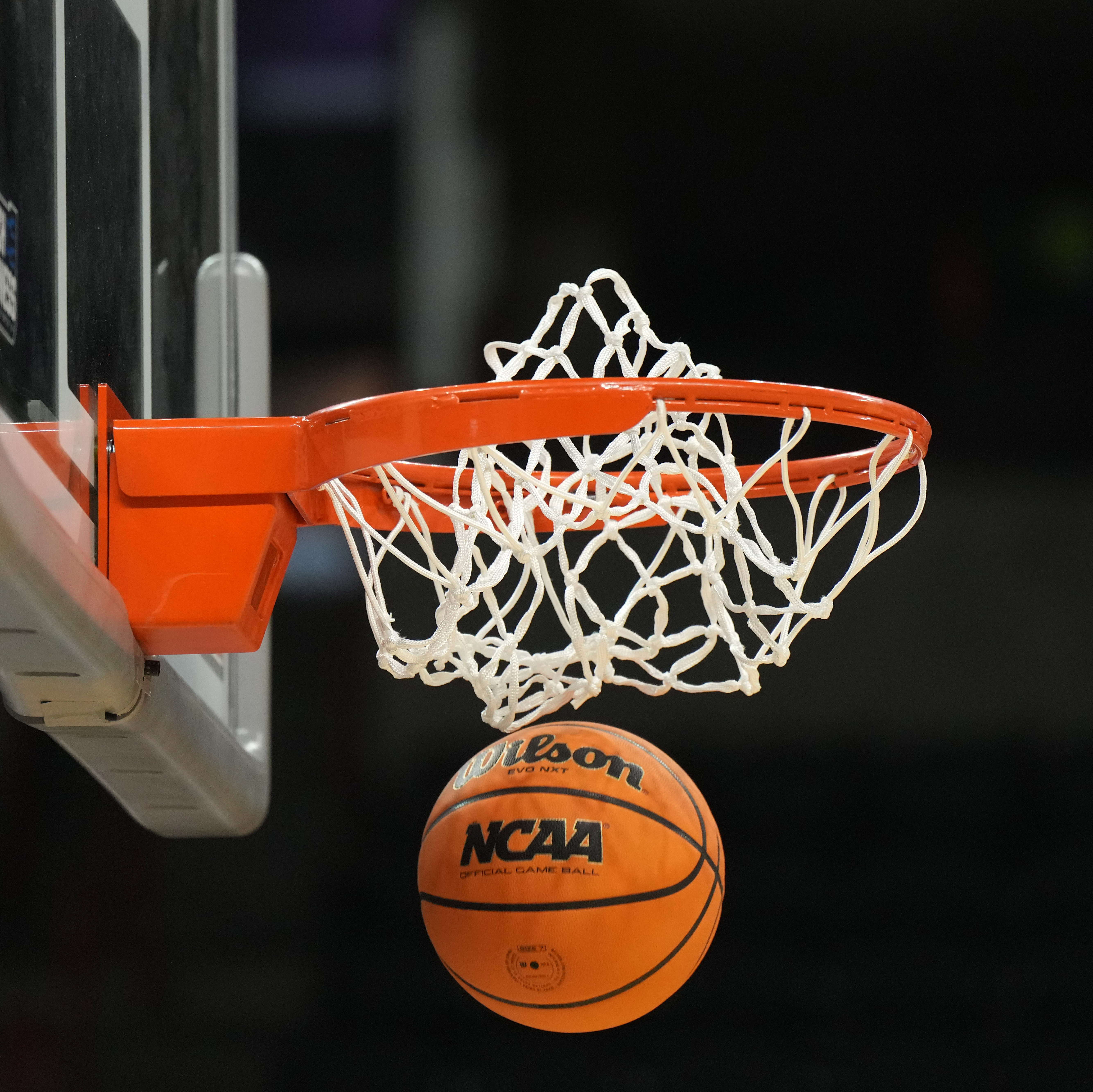The following article from Swarthmore coach Anthony Grant appears in the Summer 2020 edition of NABC Time-Out Magazine. To view the full Summer 2020 issue, click here.
In writing this article about practice planning, I plan to eschew the normal coaching clichés. If you have been a head coach for more than two to three years, you have (hopefully) figured out what type of practice layout and style works best for you and your team. So instead of trying to talk you into re-inventing the wheel, I would like to offer two simple mentality tweaks.
The first is to prioritize repetitions (thank you, Bob McKillop). At least once a week we tell our players: “reps are our religion.” When planning your practice, attempt to choreograph it so that lines are short, groups are small, and the pace is fast. Why? Well, let’s allow math to tell the story: let’s say you squeeze in even one more repetition per player per practice. With 15 players and six practices a week, you are getting 90 more reps a week, 360 more reps a month and roughly 1750 more reps a season than your opponent.
What if we really get creative and use side baskets, better incorporate our statue-esque, under-utilized assistants, and – possibly the toughest adjustment for all of us – shut our damn mouths every once in a while? Now we are getting five, ten, maybe even twenty more reps and…well, you can do the math. If we get more shots up, more shells drills in, and cut a few of these supposedly important water breaks, the chance of us being victorious when we meet our overly-hydrated, sloth-paced practicing opponents increases exponentially.
While increasing repetitions is important, enhancement is really the name of the game. Let’s use free throws as an example:
Bad: “Ok fellows, let’s get five guys on a basket and jackleg around for 14 minutes.” (insert smh emoji here)
Good: “Everyone get a partner, shoot 10 free throws, and tell us how many you make.” (Eh)
Better: “Alright, two guys to a basket, shoot 10 and rotate, you are competing against your partner, and the loser runs.” (still kind of eh)
Even Better Yet: “Today we have three and a half minutes to shoot five 1-and-1s plus one because shooting 10 is for posers and 11 is for winners (thank you, The Program LLC) and if you miss the front-end you are 0-2 and if you make 10 or 11 you win and earn pushups because why should losers get stronger (ditto, The Program LLC) and if both you and your partner win you earn double pushups and while you are shooting one coach is going to stop by and simulate our offensive free throw action and another coach is going to randomly yell out a name so we can all get eyes on you to simulate a pressure free throw and we will cheer like crazy if you make it and silently shame you if you miss and if you are slow-footed as hell you are going to be wearing out our 30 year old jump ropes when you are not shooting and oh by the way the team goal is 84.5% and if we achieve it we all earn six pushups because, again, five is for suckers” (let’s go win some championships!).
We try to have this mentality for every drill when planning practice: should we have the shot clock higher on defensive drills to promote adversity but lower on offensive drills to encourage a faster pace? Before going into a hostile environment, can we pump some Metallica to mess with their minds because, really, can an opposing crowd possibly be more distracting than Master of Puppets at full volume? When keeping score during a competition, can we make offensive turnovers -4 and fouls -3 to discourage those behaviors? When someone turns it over our “turnover consequence” is an automatic: a teammate (you’re not hurting yourself, Mr. Center of the Damn Universe, you’re hurting the team) takes off for a down and back while our manager flips over a “turnover card” taped to the edge of the scorer’s table so that our players have a visual and can track how many needless blunders we have during practice (thank you, Xavier Men’s Basketball). The same is true for an offensive rebound: those defenders that created the greatest of sins immediately sprint to the sideline for a friendly three Burpie “reminder.”
Also, how many times as head coaches have we beat ourselves up for a missed teaching point in practices that cost us a game? We taught them about arm extension and talk on ball screen defense, but the angle at which our guard got over the screen and our Big not being in a stance led to us getting abused and therefore beat. Our solution? Dole out observation responsibilities to the coaching staff: Shane and Bill, you watch the guards and correct them if they don’t blitz the ball; Ryan, you watch the Bigs and to ensure they are down and talking loudly; TJ, you watch the wing to remind them to support high on the roll; Landry, assign yourself something specific, but then never remember and just encroach on all of your assistants’ responsibilities. Alright, let’s roll.
In sum, don’t plan the same old, tired practices. Your players are bored and, let’s be honest, you kind of hate yourself a little bit more each day. Simply find a way to create more repetitions and enhance your solid – albeit somewhat boring – drills and you will undoubtedly be pleased with the result. If you have ideas for how to increase repetitions and overall practice enhancement, please email me because I would love to hear them. My email address is landry@swarthmore.edu – at least until I get furloughed (thank you, COVID-19).



